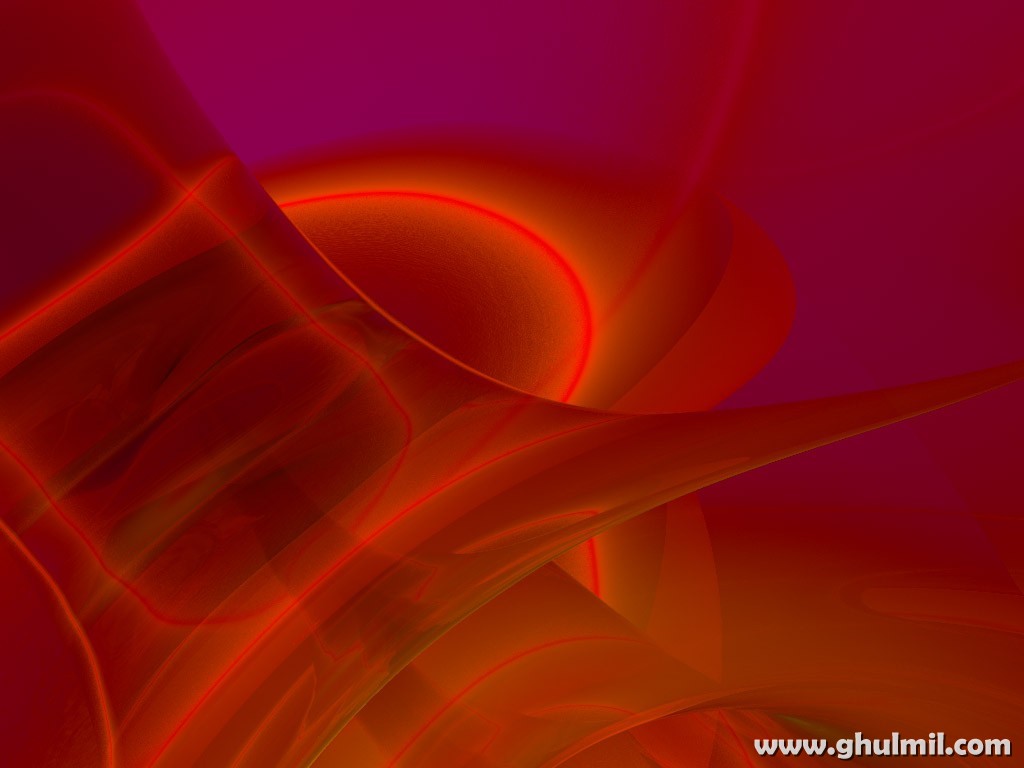
Red blood cells start as immature cells in the bone marrow and after approximately seven days of maturation are released into the bloodstream. Production of red blood cells is controlled by erythropoietin, a hormone produced primarily by the kidneys. The shape of a red blood cell is a biconcave disk with a flattened center - in other words, both faces of the disc have shallow bowl-like indentations (a red blood cell looks like a donut). Known for their bright red color, red cells are the most abundant cell in the blood, accounting for about 40 to 45 percent of its volume. Red Blood Cells (also called erythrocytes or RBCs) The main job of the plasma is to transport blood cells throughout your body along with nutrients, waste products, antibodies, clotting proteins, chemical messengers such as hormones, and proteins that help maintain the body's fluid balance. The liquid component of blood is called plasma, a mixture of water, sugar, fat, protein, and salts. If you or someone you care about is diagnosed with a blood disorder, your primary care physician may refer you to a hematologist for further testing and treatment. Doctors who specialize in hematology (hematologists) are leading the many advances being made in the treatment and prevention of blood diseases. Many people have undergone blood tests or donated blood, but hematology - the study of blood - encompasses much more than this. The Components of Blood and Their Importance An average-sized man has about 12 pints of blood in his body, and an average-sized woman has about nine pints. About 7 to 8 percent of your total body weight is blood. The blood that runs through the veins, arteries, and capillaries is known as whole blood, a mixture of about 55 percent plasma and 45 percent blood cells. bringing waste products to the kidneys and liver, which filter and clean the blood.carrying cells and antibodies that fight infection.forming blood clots to prevent excess blood loss.

transporting oxygen and nutrients to the lungs and tissues.Blood has many different functions, including: It has four main components: plasma, red blood cells, white blood cells, and platelets.


 0 kommentar(er)
0 kommentar(er)
